Consuming a well-rounded diet is a great way to ensure you make the most out of your nutrition. This helps you cover all of your macros as well as your micros. Still, even with a balanced meal plan, there are times when you could be missing out on certain nutrients. One of those key nutrients that you want to make sure you are making the most of is niacin, by consuming foods high in niacin.
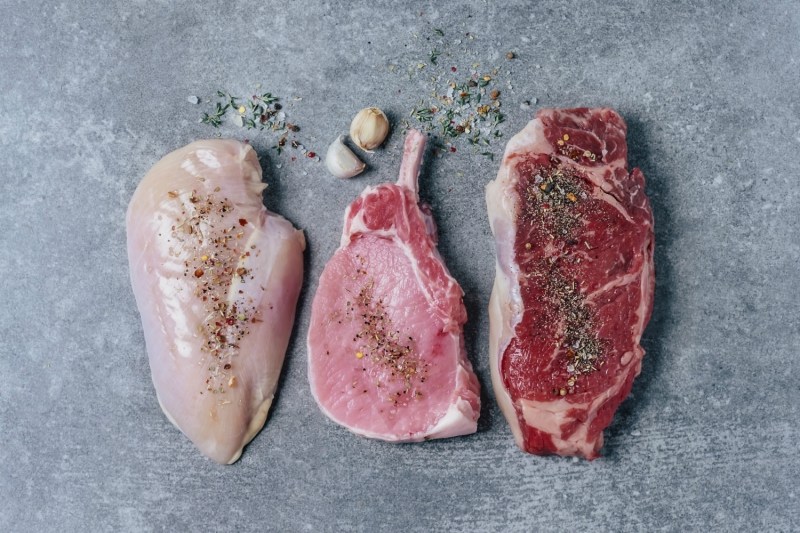
Niacin, or vitamin B3, is a crucial vitamin that plays a number of roles in our overall health. For starters, niacin can help us maintain healthy levels of cholesterol. Cholesterol plays a vital role in heart health and making sure you consume niacin in your diet can help regulate those numbers.
Another great benefit of consuming niacin is its ability to boost brain function, protect against damage to brain cells, and potentially help the brain fight off Alzheimer’s disease. Lastly, it may also help fight hypertension and high blood pressure, as it can improve blood flow, widening blood vessels. These are just a few of the reasons to make sure you get your niacin intake.
With its various advantages, it’s important to make sure you are consuming enough niacin throughout your diet. Try working these foods into your diet on a consistent basis to make the most of this wonder vitamin.
Steak/Beef
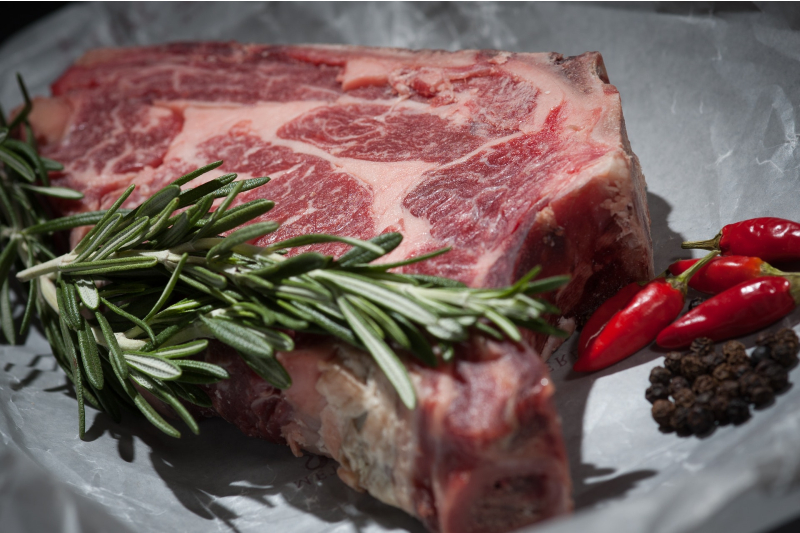
Like a lot of foods on this list, animal meat is going to be one of the best options for getting ample amounts of niacin in your diet. One of the best-tasting options available is red meat. Steak or beef both pack a pretty decent amount of niacin depending on cut and serving size. A typical 6-ounce cut of beef offers close to 12 mg of niacin. Consuming that on a consistent basis will get you close to 70% of your recommended daily allowance (RDA).
Beef Liver
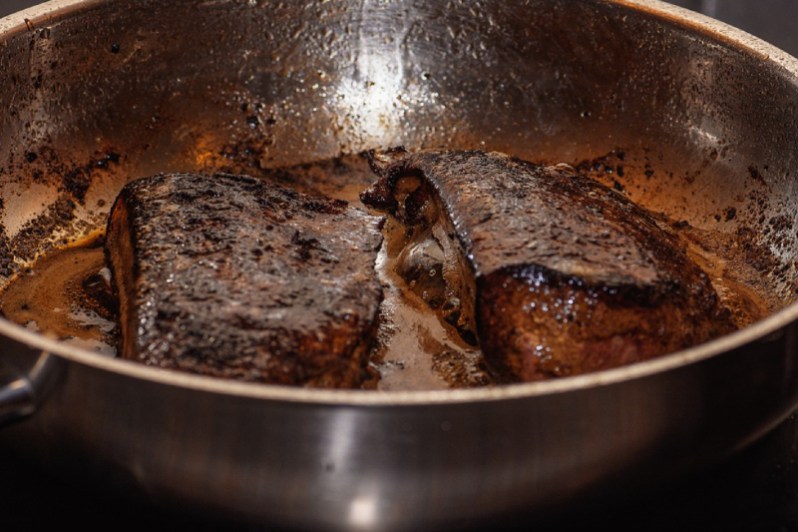
Speaking of beef, beef liver is definitely where it’s at; however, it is certainly an acquired taste for most people, as some say you either love it or hate it. That may be a bit harsh unless you know how to properly prepare and cook it. All that aside, beef liver reigns king when it comes to niacin per serving. Simply consuming a 3-ounce gets you 93% of your RDA and a staggering 15 mg of niacin.
Salmon
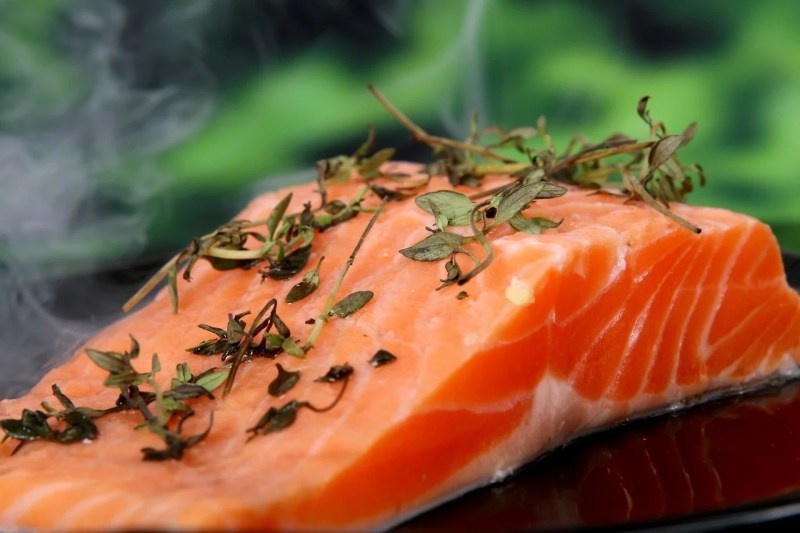
Salmon is known for being an excellent protein source with a heart-healthy fatty acid profile. Another great fact about consuming salmon is it offers a pretty decent niacin serving. With as little as only 3 ounces of salmon, you get up to 55% of your RDA and 8.5 mg of niacin. Double that fillet size and you hit your mark, not to mention, you have a delicious tasting meal with plenty of vitamin D, omega-3 fatty acids, and magnesium.
Poultry
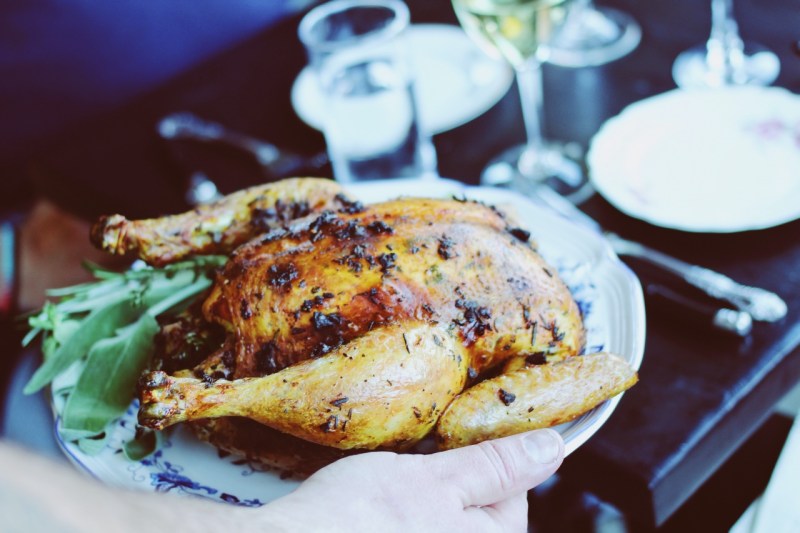
While there are vast poultry choices, chicken is the preferred go-to option for most. It’s affordable, tastes good, and isn’t hard to cook. The best part is that it’s one of the highest niacin options packing a nice 10 mg per serving and 65% of your RDA with only a 3-ounce breast. A close second on the list is turkey, with 10 mg of niacin and 63% of your RDA. So come Thanksgiving time, make sure to go for that second helping of turkey.
Brown Rice
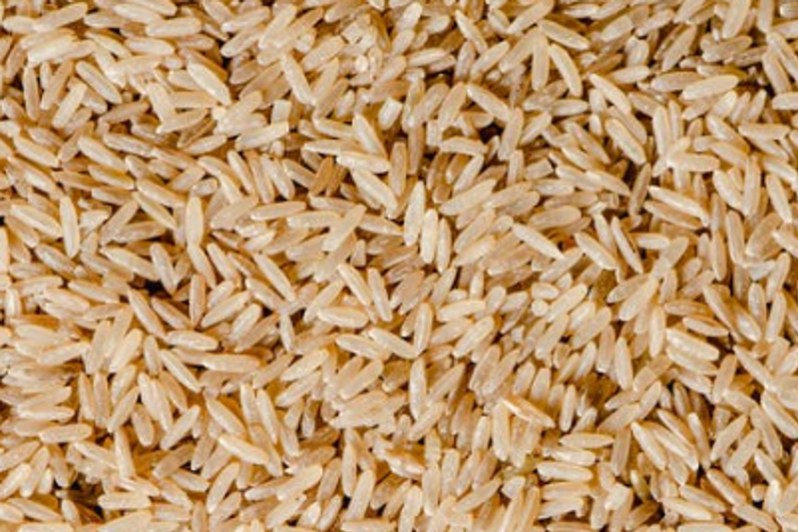
The only nonmeat option that made our top 5 list just so happens to be one of the most versatile side meal choices for healthy and fit individuals. Brown rice is the perfect option to pair with any of the options listed above to easily get your RDA totals. Even by itself, brown rice provides you with close to 33% of your RDA and 2.3 mg of niacin per 1 cup of cooked rice.
Brain-Boosting Benefits
Whether you knew it or not, that chicken and brown rice combo meal you keep making is the perfect way to get your recommended totals of niacin in one sitting. Not only does it taste delicious, but you’ll be fighting hypertension and boosting your cognition all at the same time. That’s a win, win, win in our books.



